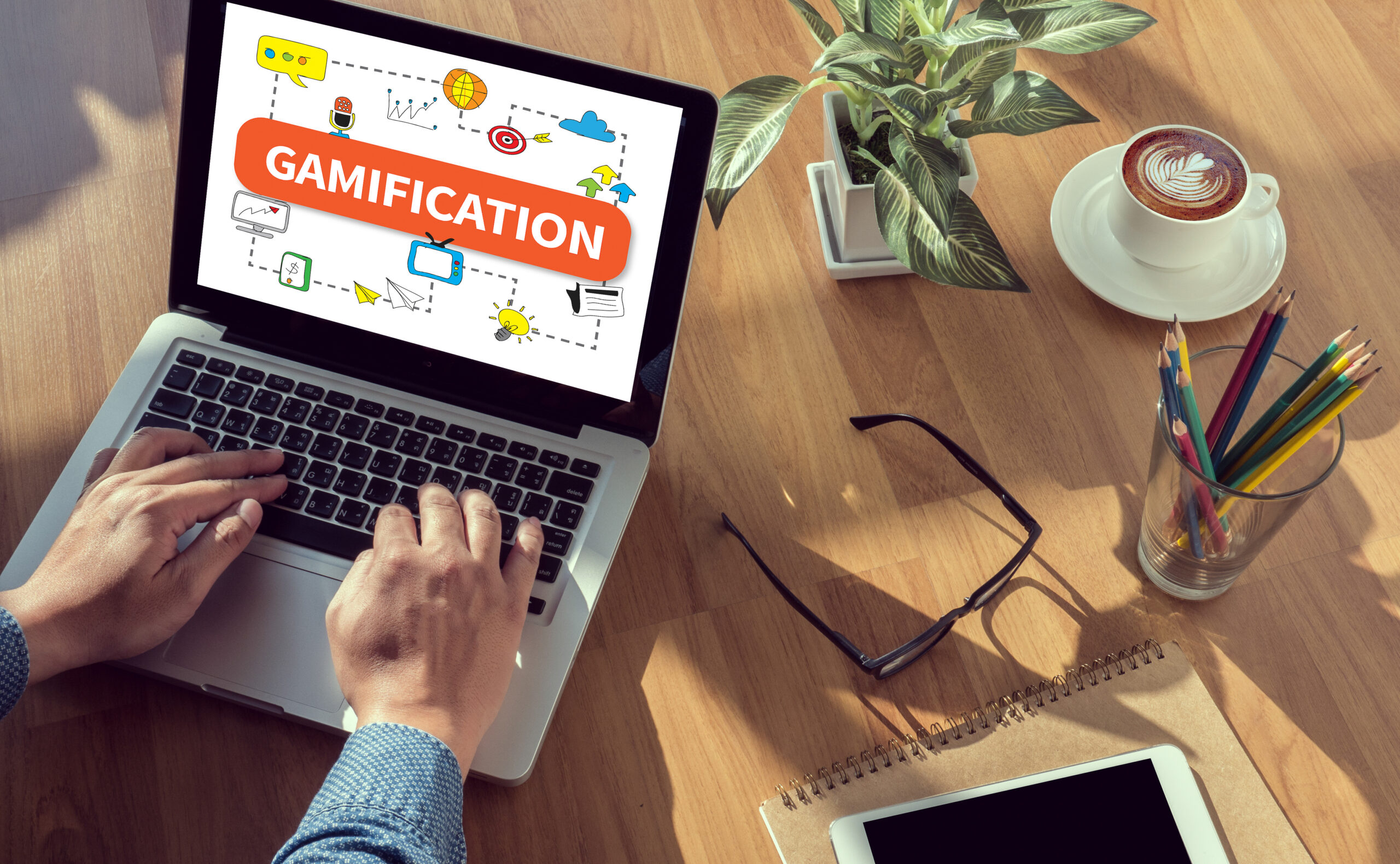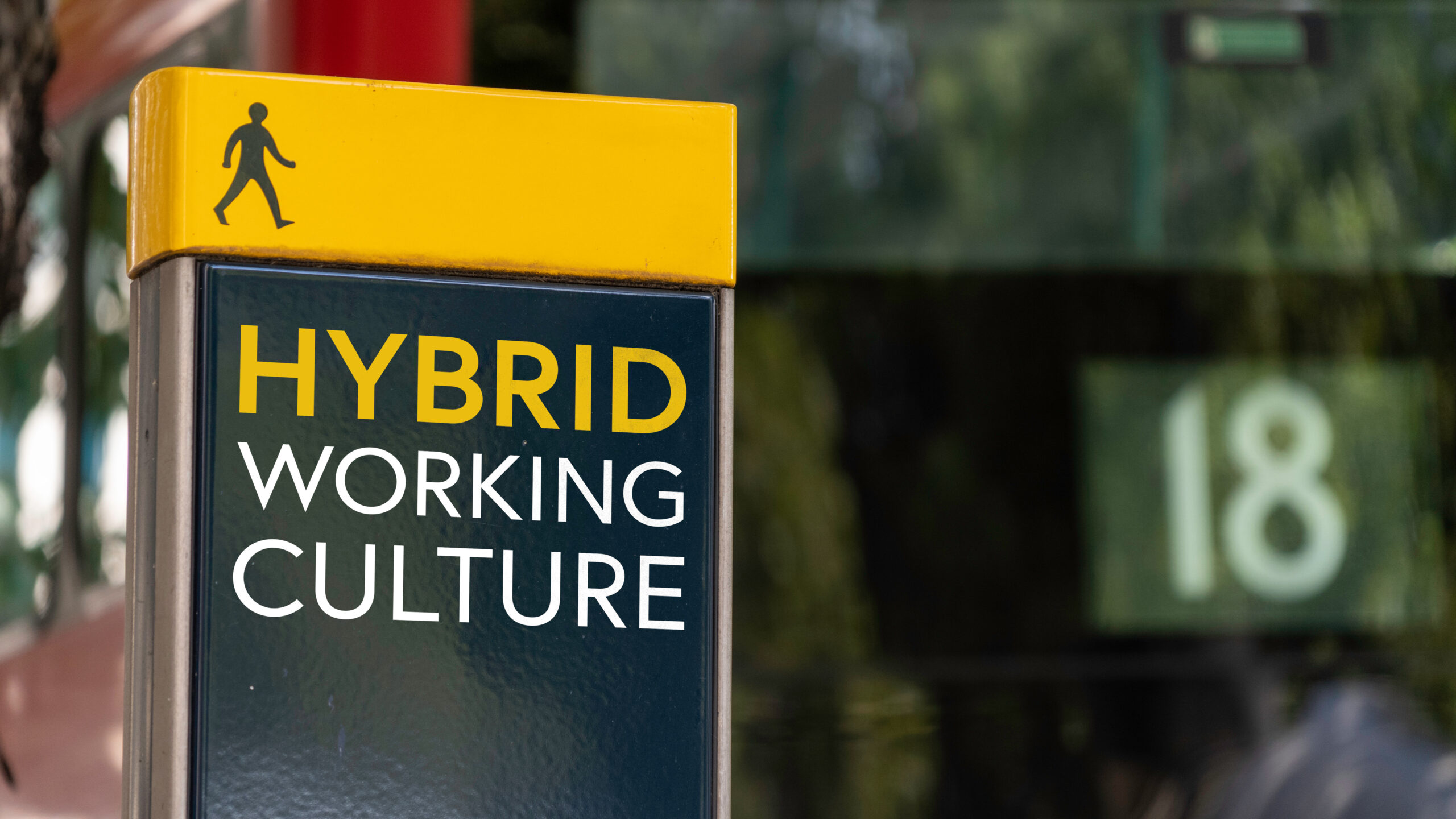Get the impression your people are bored of the daily grind? Gamification could be your secret weapon for sparking energy and engagement in the workplace. Marisa Pereira shares smart, practical tips for making work more interactive, rewarding and fun, without losing focus on performance, collaboration and what really drives motivation
In today’s increasingly remote work environment, companies are exploring innovative ways to boost employee motivation and productivity. Gamification – the integration of game-like elements into work processes – is gaining traction as a promising solution.
The engagement rate for workshops and training courses with gamification elements increased by 80%
With 52% of global employees actively seeking or open to new job opportunities, factors like job engagement, company culture and work-life balance have become crucial. Popular platforms like Zoom, Microsoft Teams and Slack already incorporate playful features to boost user engagement.
But how can gamification enhance these key aspects while making daily work more interactive and motivating? Humans have an innate love for play from childhood. In a professional setting, gamification taps into this natural desire for fun, achievement and recognition.
Gamification uses clear goals and visible progress to boost motivation, while introducing a healthy competitive spirit among team members to spark ambition. This approach also reinforces employees’ sense of autonomy, competence and belonging within the organisation.
The following article will explore practical methods for implementing gamification in the workplace.
How do we use gamification and what are the most important success factors?
1. Unlocking skills and progression
Develop systems in which employees can learn new skills or demonstrate progress by completing tasks. This approach motivates and supports individual development.
2. Missions and characters
Create scenarios in which teams act as characters with specific skills. This encourages creative problem-solving and collaboration. For example, a marketing team could act as ‘discoverers’ to develop new customer segments.
3. Challenges between teams
Organise competitions in which different departments compete for the best solutions to common goals or work together across departments. This can strengthen collaboration and add a playful component at the same time.
An example: The IT team develops a QR code that the marketing team uses at events to collect contact details from visitors. In recognition of the creative support of other departments, the IT team receives special benefits from the company.
Creating a content strategy to implement gamification
Gamification is more than just using game mechanics – it’s about making them meaningful and strategic. A well-thought-out digital content strategy plays a key role here. Companies should create content that matches the preferences and motivations of their employees.
Gamified workshops or further training impressively show how effective this method can be. According to a survey by TalentLMS, the engagement rate for workshops and training courses with gamification elements increased by 80%. Such content not only increases willingness to participate but also promotes collaboration and a sense of belonging within teams.
The central success factors of gamification
1. Personalisation and relevance
Game content should be tailored to the individual needs of employees. Prizes and recognition such as birthday wishes or badges that can be shared on LinkedIn create a personal connection.
2. Define clear workflows for creating and maintaining gamification content
Regular feedback and adjustments keep the mechanics contemporary and exciting.
3. Integration into existing tools
Choose platforms that integrate seamlessly into existing work environments. This makes it easier to introduce and accept gamified approaches.
4. Measurable results
Monitor key metrics such as engagement, productivity, and employee satisfaction to assess and optimise the success of your gamification initiatives.
Gamification transforms work into a productivity powerhouse
Overall, gamification provides companies with a powerful way to enhance productivity and engagement in the workplace. With thoughtful implementation, businesses can foster a dynamic and enjoyable work environment. To maximise its benefits, companies should focus on employee needs, choose platforms wisely, and consistently evaluate outcomes.
The first step? Understand what drives your employees. Gamification isn’t just about fun – it’s about transforming how we work.
Marisa Pereira is Vice-President of People at Storyblok




